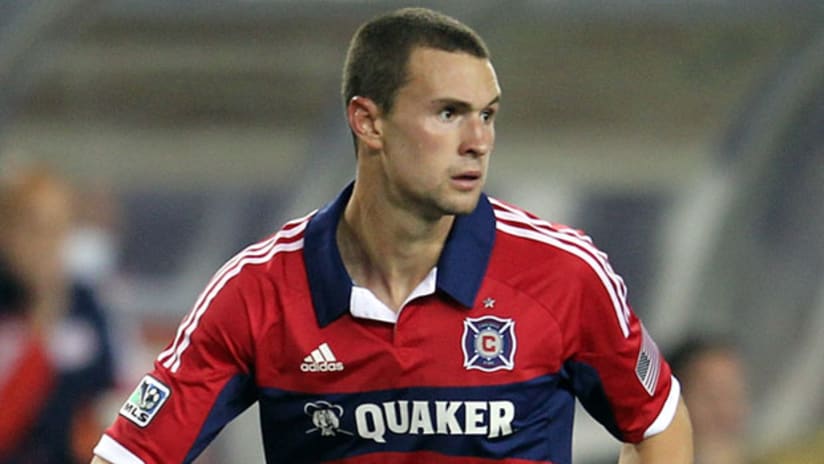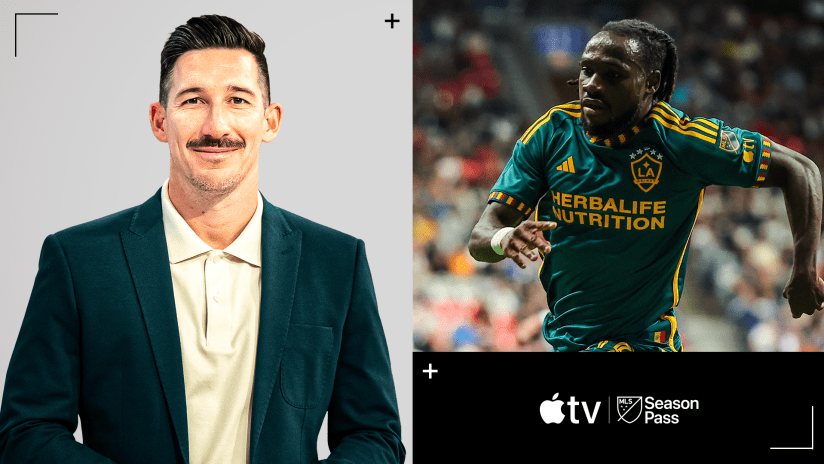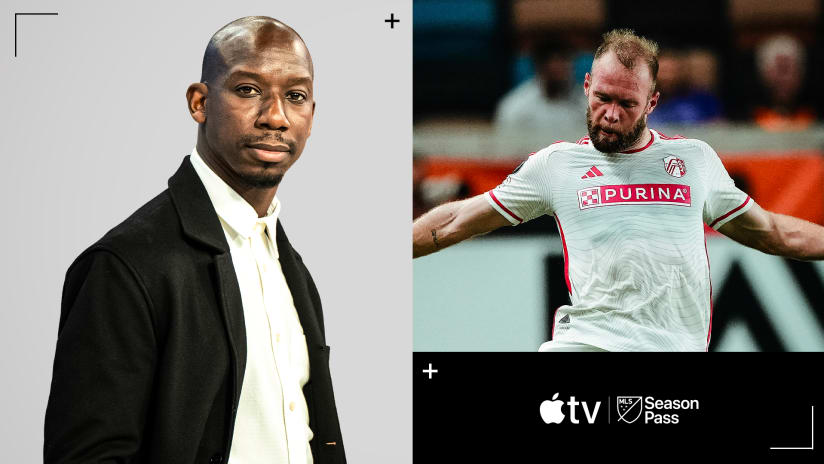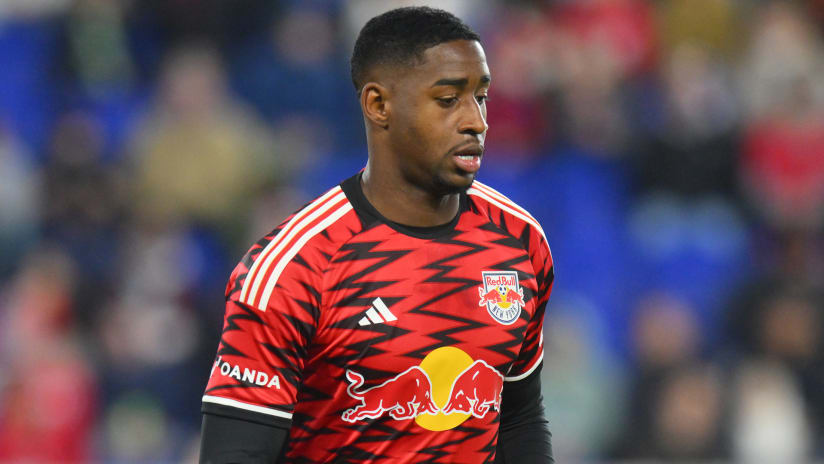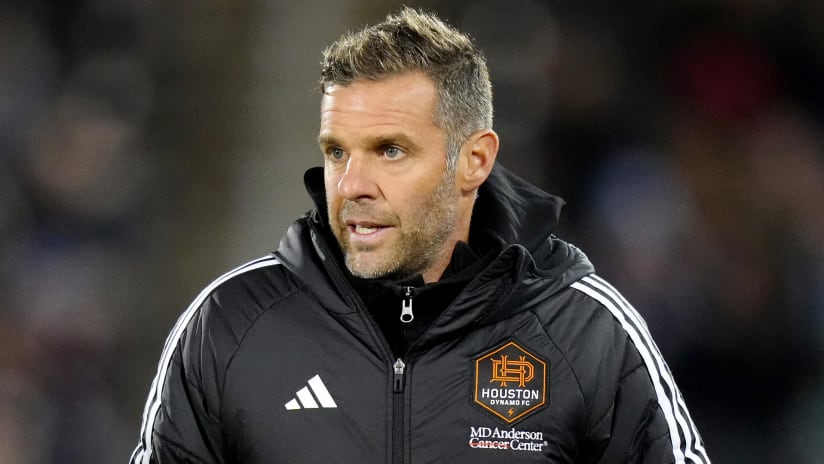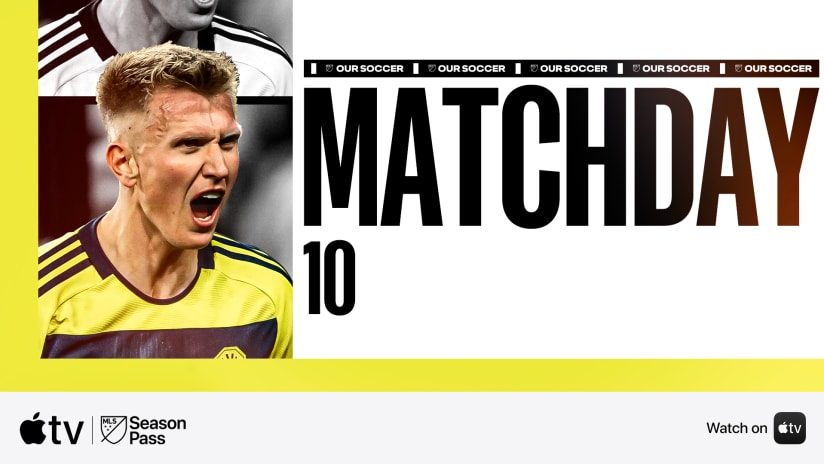Imagine you’ve been hired as an international soccer scout. Pretty great so far, right?
Now picture that your job is to profile a league with more than 200 clubs in the first division alone, doing it all in the second-largest country on the globe. Oh, and they rarely play more than 20 games a year.
Re-thinking this new job yet?
That’s the task given to 19 MLS technical staffs around the league and, truthfully, there is no silver bullet regarding how to most effectively scout the thousands of players within the college game, like 2012 MLS Rookie of the Year Austin Berry (above).
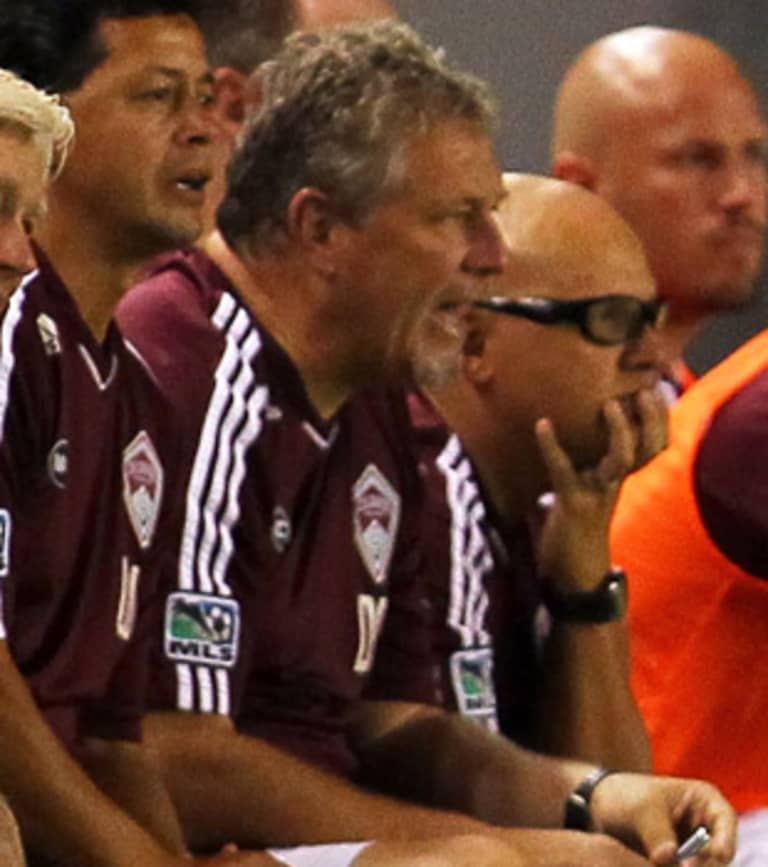
“It’s maybe easiest when you have a program or a few programs that are in your city,” Seattle Sounders assistant coach and scout Kurt Schmid told MLSsoccer.com. “So you can become familiar with them and you can watch the teams as they come in playing that school.”
Like other aspects of the game, the budget of each particular club determines how extensively they can scout the college game. Some clubs, like Real Salt Lake, have at least one full-time scout who is free to travel the country, while for others, the onus falls on the coaching staff.
For teams that don’t have quite as much resources earmarked for scouting, relationships between MLS coaches and their college counterparts become a key piece of the scouting puzzle.
“A lot of college coaches have played for me in the past so I have a good network of guys that I can rely on to get the initial database going,” said Colorado Rapids assistant coach Dave Dir (at right). “The country is so big, to be honest, it just depends on the team and the size of their budget, because it’s a lot of country.”
READ: MLS on Campus sizes up the final four as College Cup nears
When it comes to actually seeing the players in person, there are two main avenues: the college season and the MLS Combine. The opinions are somewhat split among teams as to which holds more value, but most tend to lean on the side of the college games holding more importance, while the Player Combine simply reinforces player evaluations.
“This is just my opinion, but if you wait until the Combine to see a player, you’re probably making a big mistake,” Dir said.
In the case of the Sounders, they run their own combine in addition to the one run by MLS, and while Schmid said postseason combines don’t quite hold the same weight as NCAA games for the Sounders staff, there’s still plenty of value.
“The positive in the combine is simply that the average quality is higher than the average quality in most college games,” Schmid said. “So you get to see a player against better teams playing with better players.”
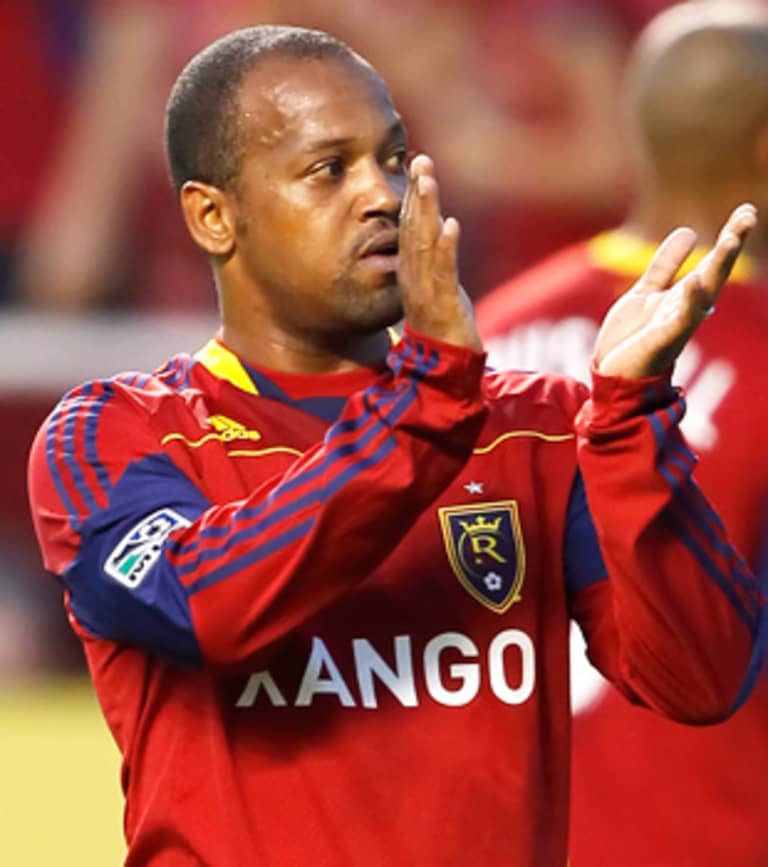
So how many games would an MLS scout like to see before making an educated decision on whether they want to target a potential draft prospect?
“I would say you have to see five to seven games to get good feedback on a player,” said RSL scout and former pro Andy Williams (at right). “I know our coaching staff follows kids from when they’re a freshman. They put them down and we check on them.”
Scouting the NCAA game isn’t the most glamorous task out there; you’re going to see a lot of 0-0 affairs, logging hundreds of frequent-flyer miles in the process. But it’s the dirty work that can make the difference between having the depth to finish at the top of the league or crumbling after a few key injuries.
Where would the Galaxy be without Tommy Meyer to fill in for A.J. DeLaGarza’s absence in the playoffs and could the Dynamo have lasted until December without Kofi Sarkodie?
“You could argue that you don’t need to do [college scouting]," Dir said. "But you’d still be at a competitive disadvantage if you didn’t. That's the best way to explain it.”
Daniel Robertson covers college soccer for MLSsoccer.com

